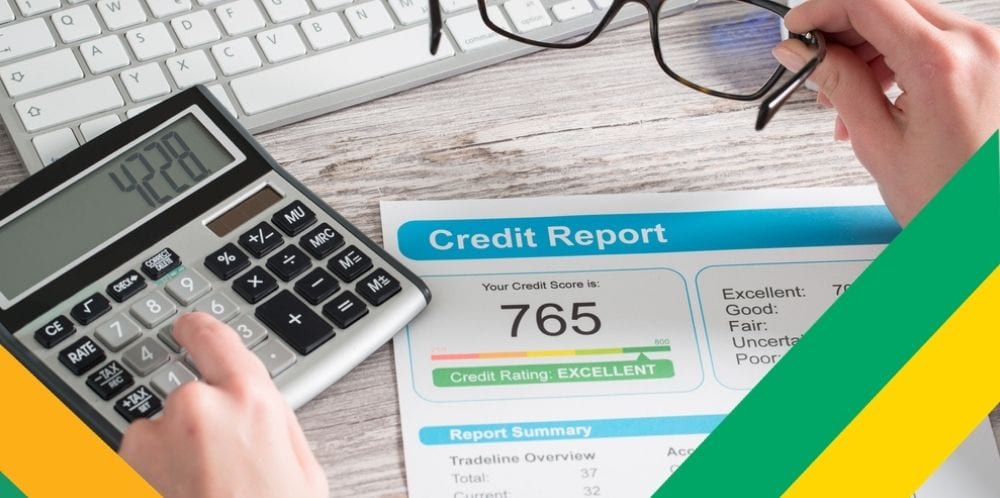Finance
Five Strategies to Boost Your Borrowing Application

Most people need a mortgage to buy a home, their largest purchase. There are ways to enhance your chances of getting no-ratio loans, but there is no guarantee. Read on for better score chances.
-
Examine Your Credit Score
Lenders use your credit report, a complete account of your credit past, to decide whether to give you money and at what rate. Caution:
- paid bills (or discharged)
- information that is not yours due to an error (e.g., the creditor mistook you with someone else due to similar names and/or locations or an erroneous Social Security number)
- identity fraud details
- expired details from a past spouse
- closed account errors (e.g., it shows the creditor closed the account when, in fact, you did)
You can maintain a close watch on your credit report throughout the year by making inquiries at staggered intervals (once every four months instead of all at once).
-
Correct any Errors
After obtaining your credit report, you should not automatically assume its veracity. Check it carefully for any errors that could have a bad impact on your credit score. Observe these:
- fulfilled duties (or discharged)
- mistaken information that doesn’t belong to you (like when a creditor mistake you for someone else because your names sound alike or your location doesn’t match their records)
- data that isn’t legally yours because of identity fraud
- outdated material that a previous partner should no longer have access to
- wrong note for terminated accounts (e.g., it shows the creditor closed the account when, in fact, you did)
Viewing your credit report six months before applying for a mortgage gives you time to spot and fix errors. Contact the relevant credit agency immediately to dispute any credit record errors. To stay safe, subscribe to a top credit monitor program.
-
Boost Your Credit Rating, Number Three
Lenders use credit scores and credit reports to gauge credit risk and project loan repayment.
Higher credit scores mean lower home interest rates. First, check and fix your credit record. Next, reduce your debt by paying off current debt, setting up payment alerts to pay bills on time, limiting new credit, and paying down credit card and open credit amounts (e.g., stop using your credit cards).
-
Reduce debt-to-income.
The debt-to-income ratio shows how much a person pays off debt. It’s the ratio of your monthly recurring debt to your monthly income. Lenders use your debt-to-income ratio to determine your mortgage eligibility and home price.
Low debt-to-income ratios suggest financial stability. Companies favor debtors with a 36% or lower debt-to-income ratio, with no more than 28% going to house payments (“front-end ratio”). 43% is the maximum debt-to-income ratio for mortgage approval. Most lenders won’t approve credit if they’re higher.
There are two less complicated solutions to the problem of having too much debt relative to too little income:
- Reduce your weekly loan payments as much as feasible.
- Maximize your weekly total revenue.
- Buying less is the most effective strategy for lowering monthly revolving debt. Assess your weekly expenses, find ways to save, and use those funds.
There’s no surefire way to increase your income, but you can try working more hours, taking on more duties (and a rise), or gaining more schooling or degrees. Your spouse working or returning to work can also help your family’s money.
-
Make a sizable initial investment
A large down payment is the best way to demonstrate your ability to save to a provider. Lower loan-to-value ratios improve your chances of getting funding. The loan-to-value ratio is debt split by home worth. Example.
The same home’s mortgage payment would be $60,000 if you put $40,000 down. Credit eligibility becomes easier at 60% LTV. A bigger down payment and lower loan-to-value ratio lower interest rates, weekly payments, and total interest, improving your mortgage odds.
Mortgage insurance and other fees are reduced with a 20% down payment.
Summing Up
Mortgages are harder to come by due to stricter financing standards. However, there are things you can do, particularly if you get a head start, to increase the likelihood that you will be approved for credit. You should start by disputing any errors on your credit report, after which you can move on to increasing your credit score, reducing your debt-to-salary ratio, and accumulating money for a down payment.
-
Blog1 year ago
MyCSULB: Login to CSULB Student and Employee Portal – MyCSULB 2023
-
Android App3 years ago
Cqatest App What is It
-
Android1 year ago
What Is content://com.android.browser.home/ All About in 2023? Set Up content com android browser home
-
Software2 years ago
A Guide For Better Cybersecurity & Data Protection For Your Devices
-
Latest News2 years ago
Soap2day Similar Sites And Alternatives To Watch Free Movies
-
Android2 years ago
What is OMACP And How To Remove It? Easy Guide OMACP 2022
-
Android3 years ago
What is org.codeaurora.snapcam?
-
Business2 years ago
Know Your Business (KYB) Process – Critical Component For Partnerships





















